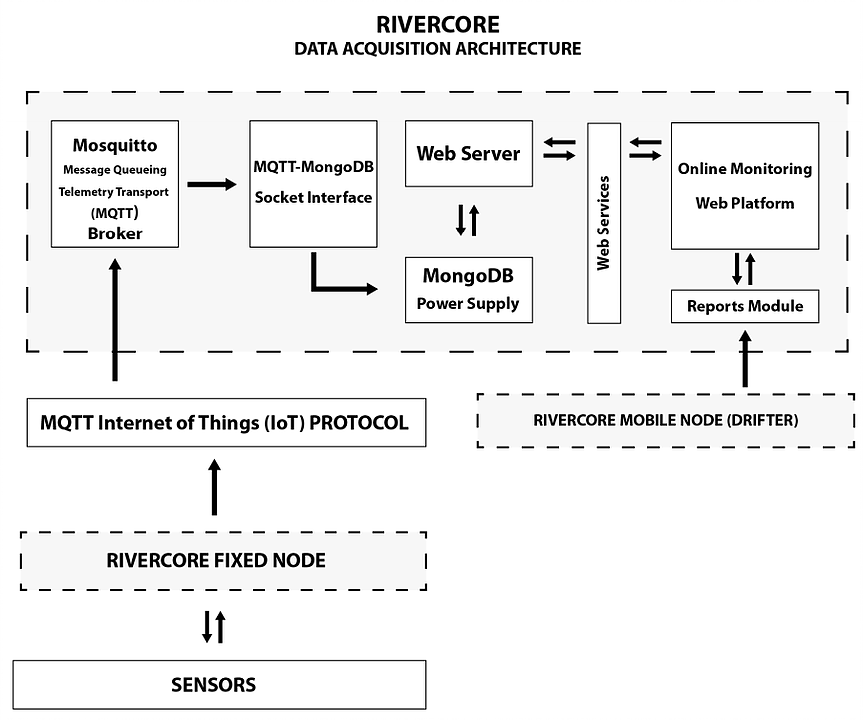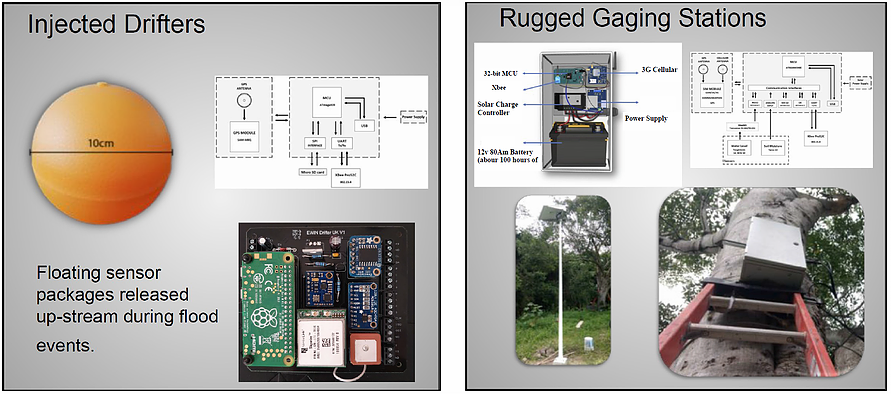
International Workshop on Emergency Water Information Network
20-24 January 2020, Wyndham Garden Convention Center
Colima City, and Las Hadas, Manzanillo, Mexico



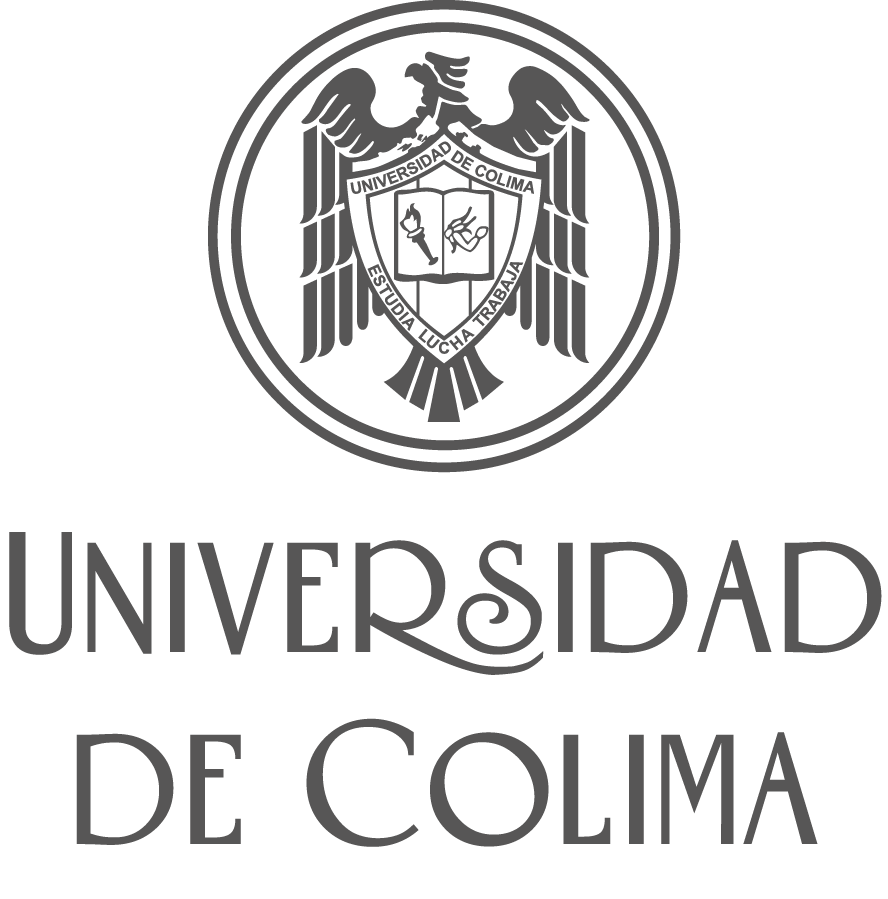

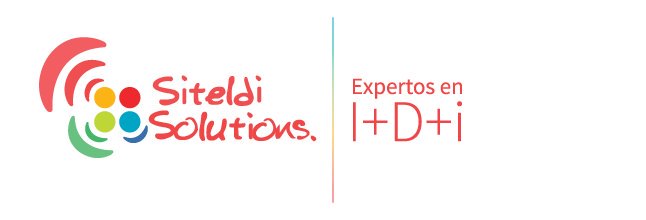
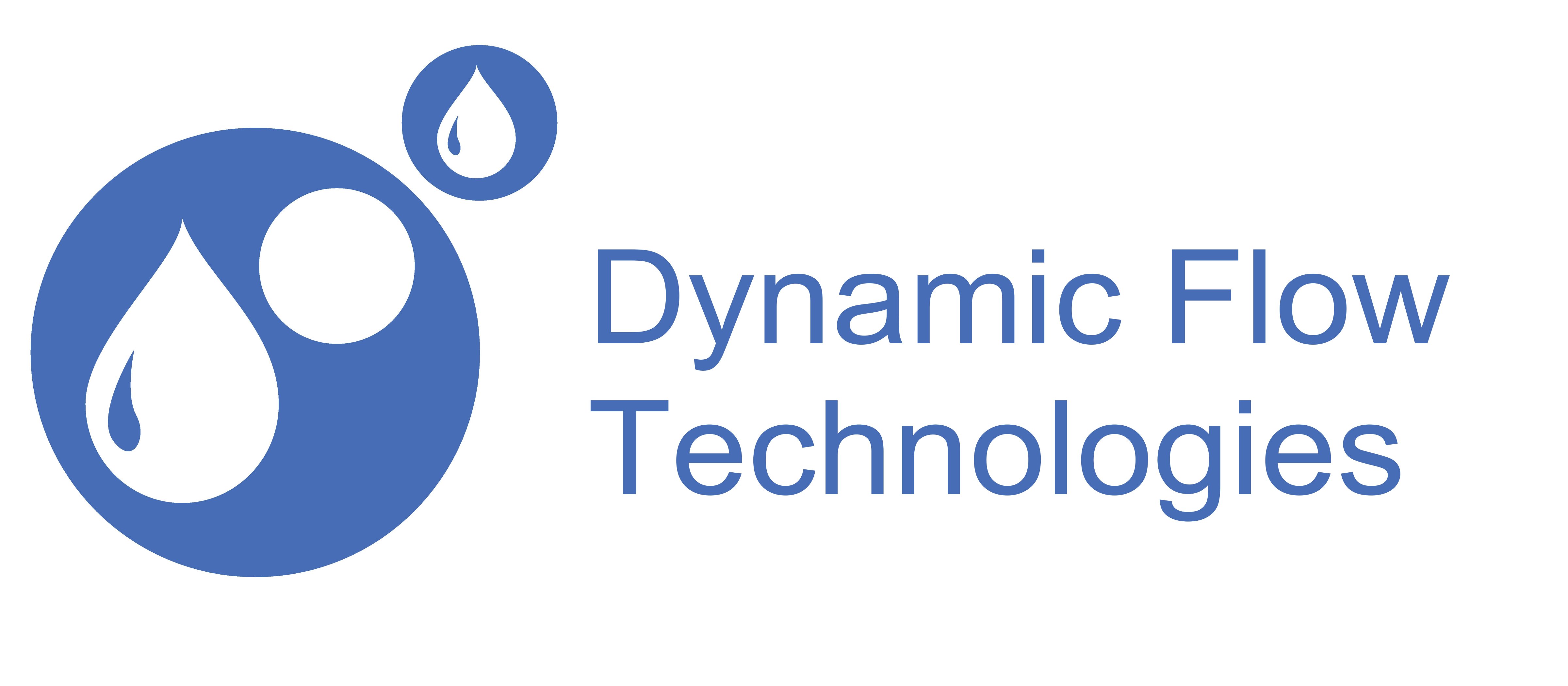

International Workshop on Emergency Water Information Network
20-24 January 2020, Wyndham Garden Convention Center
Colima City, and Las Hadas, Manzanillo, Mexico







EWIN description platform
In this EWIN Workshop, selected areas of the research carried out during this project has been discussed. For a multidisciplinary project of this type, a broad range of skills has been required. The research has been carried out by professors, research assistants and students from Loughborough University, University of Colima, the National Autonomous University of Mexico (UNAM), and two SMEs; one in the UK and the other in Mexico.
The EWIN Water team evaluated techniques for placing sensors in and around rivers to determine river flow and how it relates to fluvial flooding. In order to understand these flooding events, the river and all of its tributaries need to be considered. At the early stage of this project, the rivers and their tributaries in the Colima were mapped and then surveyed. Also, feasible fixed node sites were identified and cellular radio coverage was measured and assessed.
Rivers typically flow in deep river valleys with steep walls upstream and are inaccessible in the rainy season.
As a result, the strategy adopted was to plan a system deployable in the dry season. The security of sensor devices also presented a challenge in Mexico. This was mitigated by camouflaging the sensor clusters which in turn meant that the large solar panels could not be used unless the sites were in secure areas.
Two forms of sensor cluster were proposed. Static nodes (referred to as RiverCore) were placed close to the river and a mobile set of sensors (referred to as Drifters). The fixed sensors would be used to study floods in real time and mobile sensors are used to study the problem of flooding in a novel way. In order to allow the catchment area to be studied in finer detail, weather stations were also incorporated into the network. Two versions of the fixed node have been developed and a commercially available off-the shelf (COTS) weather station has been tested alongside two drifter versions. In addition, application program interfaces (APIs) have also been developed for the respective sensor nodes
As of July 2019, the teams are now beginning analyse data from four fixed nodes and four weather stations with several more being deployed. Up until the dissemination of this document, significant progress has been made within this project. The Water Engineering, Embedded Electronics and Radio teams are now working towards an operational system. It is envisaged that, a full cycle of results will be collected and analysed before the next research workshop in January 2020.
